Braque du Bourbonnais
Braque du Bourbonnais is a gentle and affectionate pointer originating from France. Today, the modern-day Braque is becoming more and more popular in the US, and for some years, there have been more registered puppies in the US than in their native land - France.
These dogs are people-oriented and are not suited for apartment living. They have a lot of energy and need constant training and activities to be happy. This dog can do both – be a great hunting companion and a great family dog.

Height:
19–22 in (48–56 cm)

Weight:
35-53 lb (16-24 kg)

Origin:
France

Life Expectancy:
10-12 years
Dog Breed Characteristics
Despite having a robust body, the Braque du Bourbonnais is medium-sized and should have a graceful build. Members of the breed have pear-shaped heads and rounded skulls. Their noses must include fully-open nostrils. Interestingly, their noses should never be the color black. Instead, they should match the color of their coat.
These dogs have kind, brown eyes that are expressive and round. Typically of the pointing breeds, these dogs have medium-sized, flat ears. Another characteristic similar to other pointing breeds is that their ears flop close to the dog's face.
The dog's deep chest should be elongated, but its overall body shape should give a square or slightly rectangular appearance. Their limbs have been described as “very muscular,” highlighting their athletic appearance. Nowadays, their tails are still docked, but more and more dogs are born with naturally-short tails or “bobtails.” Dewclaws are not permitted, and evidence of surgical removal of dewclaws is grounds for disqualification.
The average adult dog stands between 19 and 22 inches and reaches a weight of 35 to 53 pounds. Males tend to be larger than females.
Coat type and color
The Braque du Bourbonnais's short coat should be fine, especially around the ears and head. White should be the dominant color, with fawn or brown (liver) ticking. Some Braque breeders call these colors “faded lilac” (for liver coloring) or “peach blossom” (for fawn coloring). A limited number of coat patches might be permissible but are discouraged.
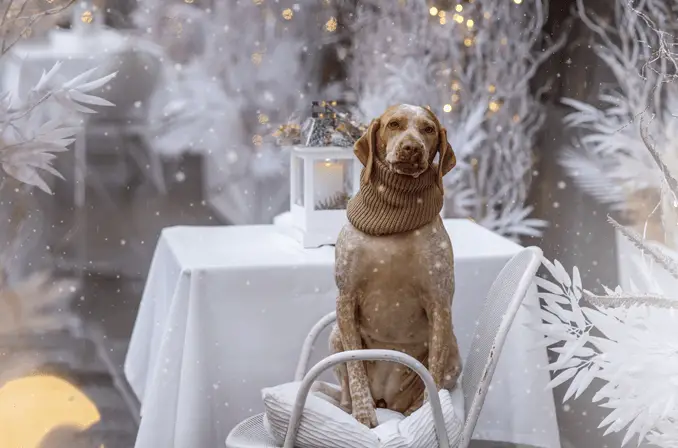
Temperament
The Braque du Bourbonnais is a high-energy puppy bred to hunt alongside humans. As a result, these dogs need loads of daily exercise and affection to keep them content and pleased. These dogs would rather spend their time outside running than being forced to stay inside and cuddle. It is something that's simply not in their DNA. Mind you, they are still cuddly, but only after their physical needs are met.
Training is relatively simple because they are smart and love pleasing their owners. They won't be great in the role of guard dogs or even watchdogs because they are friendly to everyone they meet.
The Braque has a strong hunting instinct and should always be kept on a leash because you never know when their natural instincts for chasing and hunting may kick in. They aren't big barkers and are generally considered gentle and peaceful dogs.
These puppies respond best to early training. Early training will be necessary if you want to eliminate any unwanted behaviors. This breed is fairly simple to potty train, but they will require continuity and plenty of love from their owners while training.
These dogs tend to be a bit clingy. They prefer having the constant company of their human family. If you leave your Braque alone for too long, they are prone to severe separation anxiety. They should live inside with their families or in large households where they can always have someone who they can be close to.
Exercise needs
Braque du Bourbonnais are very active dogs who require daily stimulation and exercise. Long walks in the woods, hiking, and ball play can all help keep your dog happy and healthy. Braque du Bourbonnais is a difficult dog to train, which means you must be consistent in your training efforts. You must be firm and consistent if you want your dog to listen to you.
Socialization
Because this is a hunting dog breed, socialization should begin at a young age. Begin the socialization process when you bring your Braque du Bourbonnais home. That way, you can be certain your dog will grow up to be a well-behaved dog. One of the worst things a dog owner can face is a dog that has behavioral issues, especially if it is such an energetic breed.
The best thing you can do is to expose your dog to many different situations, people, dogs, animals and sounds so they can learn how to adequately react. You can even socialize your dog at home: dress and act differently so your dog can’t recognize you immediately.
Braque du Bourbonnais and kids
If you have small children, Braque du Bourbonnais is not a good option. They are far better suited for homes with older kids who understand how to safely play and interact with the dog. Your dog and children will get along if they are correctly introduced from an early age. If that process is done correctly, your children will have excellent and energetic playing partners that never get tired.
However, you should never leave Braque du Bourbonnais alone while playing with children. No matter which breed is in question, the interaction between dogs and children should always be monitored.
Braque du Bourbonnais and other animals
Braque du Bourbonnais can learn to get along and coexist with other dogs. However, they need to be properly socialized and introduced at a young age. However, there may be times when your Braque du Bourbonnais won’t enjoy the other dogs' company.
Smaller animals in the household are not recommended because these dogs are true hunting dogs. They have a strong hunting drive and might try to pursue smaller animals as they perceive them as prey.
Grooming needs
Braque du Bourbonnais has a short and dense coat that is very easy to groom. These dogs don’t shed much, and you won’t have any problems with their loose hair if you regularly brush them. Since they have short coats, they are not the best choice for cold climates.
Brushing Braque du Bourbonnais teeth once a week is recommended to remove tartar buildup and maintain fresh breath and healthy gums. Dental hygiene is one of the most overlooked aspects of care, so make sure your dog’s pearly whites remain in the best possible condition. You will also need to inspect their ears regularly for any signs of infection (bad odor, redness, etc.).
You can clean their ears with a cotton ball soaked in ear cleaner. When you hear their nails clicking on the floor, you should trim them.
Health
Every dog can develop health issues, and Braque du Bourbonnais is no exception. Always purchase Braque du Bourbonnais from a reputable dog breeder to ensure you have the healthiest dog possible. Responsible breeders will test their breeding dogs on a regular basis to ensure that their puppies are free of inherited diseases.
Some of the health conditions connected to the Braque du Bourbonnais breed are:
- Hip dysplasia
- Entropion
- Ectropion
Braque du Bourbonnais breeders
If you've decided this is your dog, it's time to start looking for Braque du Bourbonnais breeders. We recommend that you look for responsible Braque du Bourbonnais breeders with an excellent reputation to ensure that you end up with the healthiest dog possible.
You can be confident that the puppy will have the best possible start in life this way. Buying a dog from an official dog breeder will cost you more money at first, but it will be worth it when you end up with a healthy and well-mannered dog.
World Dog Finder team

Updated at07.09.2023.
Breed History
Bourbonnais was historically a region in the center of France and is thought to be the origin of the Braque du Bourbonnais. The breed is also known as the French Pointer, though it should be noted that they are also excellent at tracking and retrieving dogs.
Thought to have existed for over 500 years, the first known records of the breed appeared in 1598. The dog was described as a "pleasant companion of the hunter." The most likely explanation is that the breed was created by combining the Braque Francais with several local hunting dogs.
A naturally short tail and a specific lilac coat coloration were two major physical characteristics that were traditionally important to breeders. Owners were strict in their breeding standards to increase the chances of inherited traits. While this resulted in the creation of a standardized breed, it also meant that breed numbers remained relatively low over the centuries. Breed numbers dwindled over time due to the importation of European hunting dogs (particularly the English Pointer) and the two World Wars.
The breed's numbers fell so low that the FCI temporarily stopped recognizing it. Years passed with no registered puppies. In the 1970s and 1980s, breed enthusiasts banded together to save the Braque du Bourbonnais from extinction. They tracked down the remaining breed members, the majority of whom were thought to be cross-bred.
They began a breeding program based on working ability rather than looks alone. Docked tails were now permitted, and coat color restrictions were relaxed. The man most often credited with the breed's restoration is Michel Comte.
Braque du Bourbonnais is a gentle and affectionate pointer originating from France. Today, the modern-day Braque is becoming more and more popular in the US, and for some years, there have been more registered puppies in the US than in their native land - France.
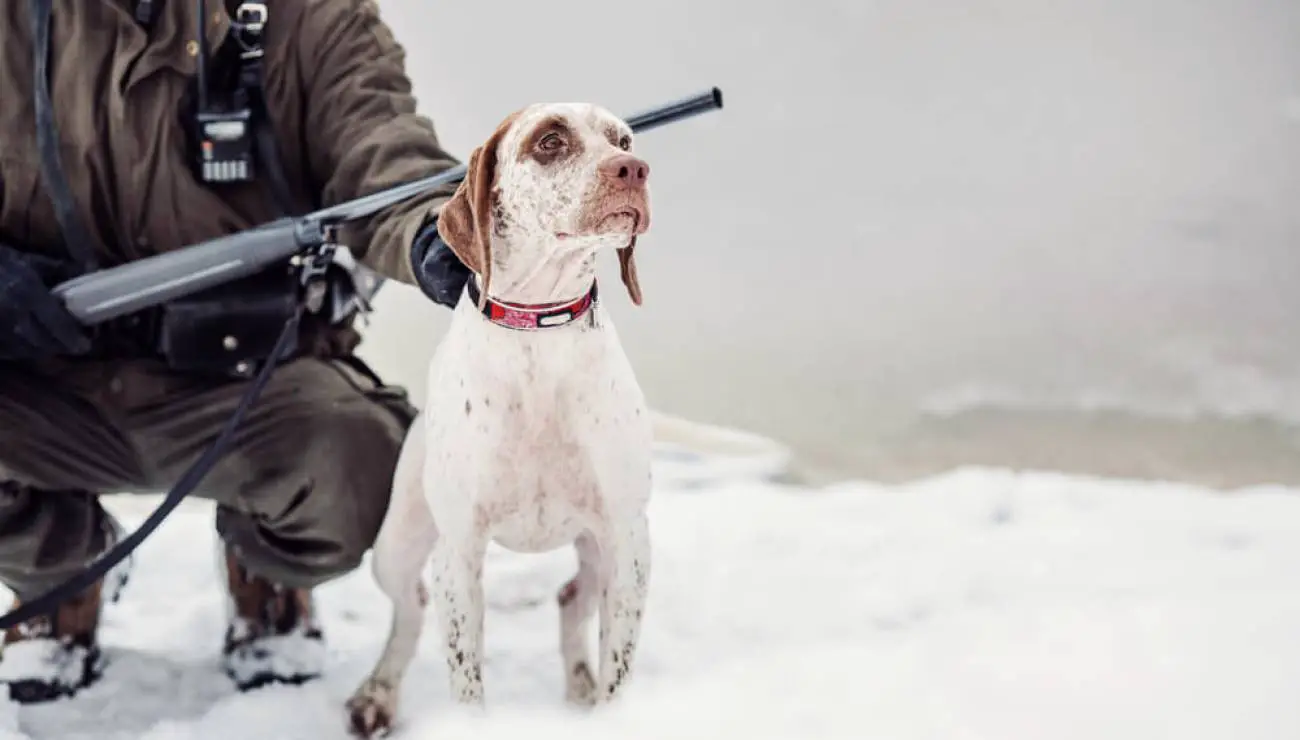
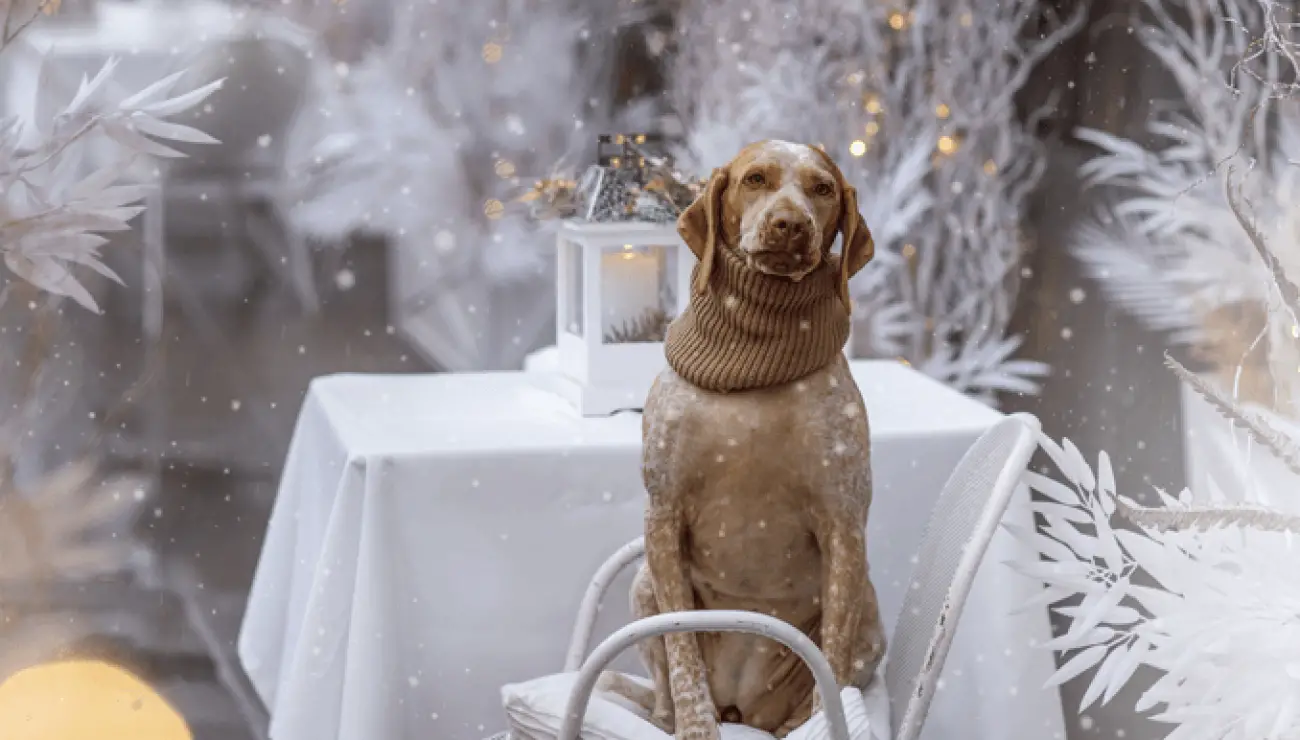
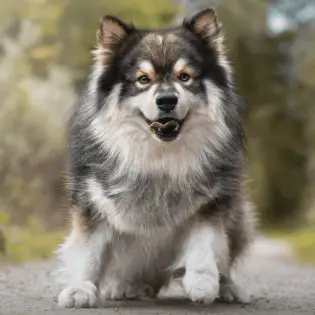


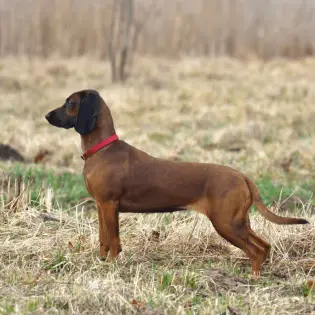
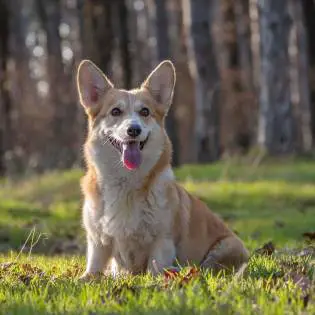
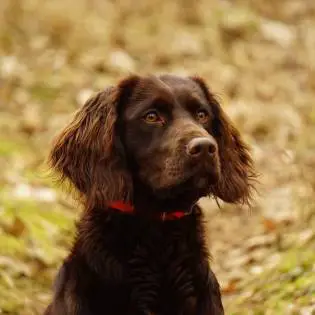
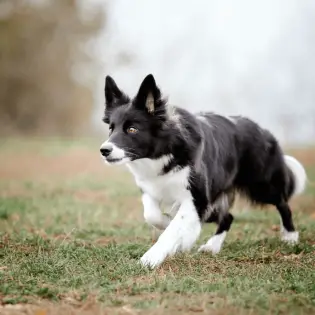
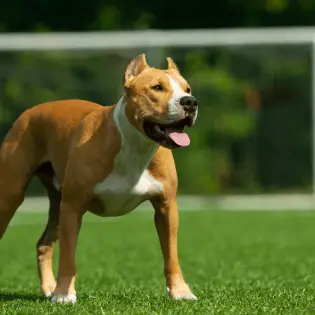



Share